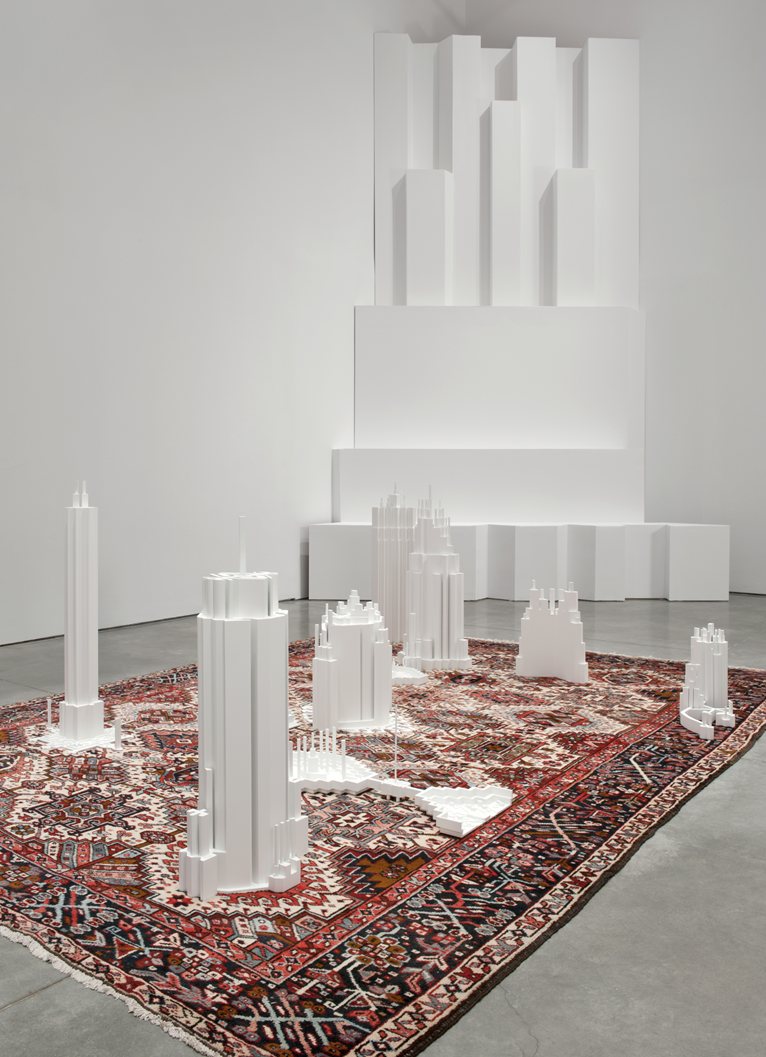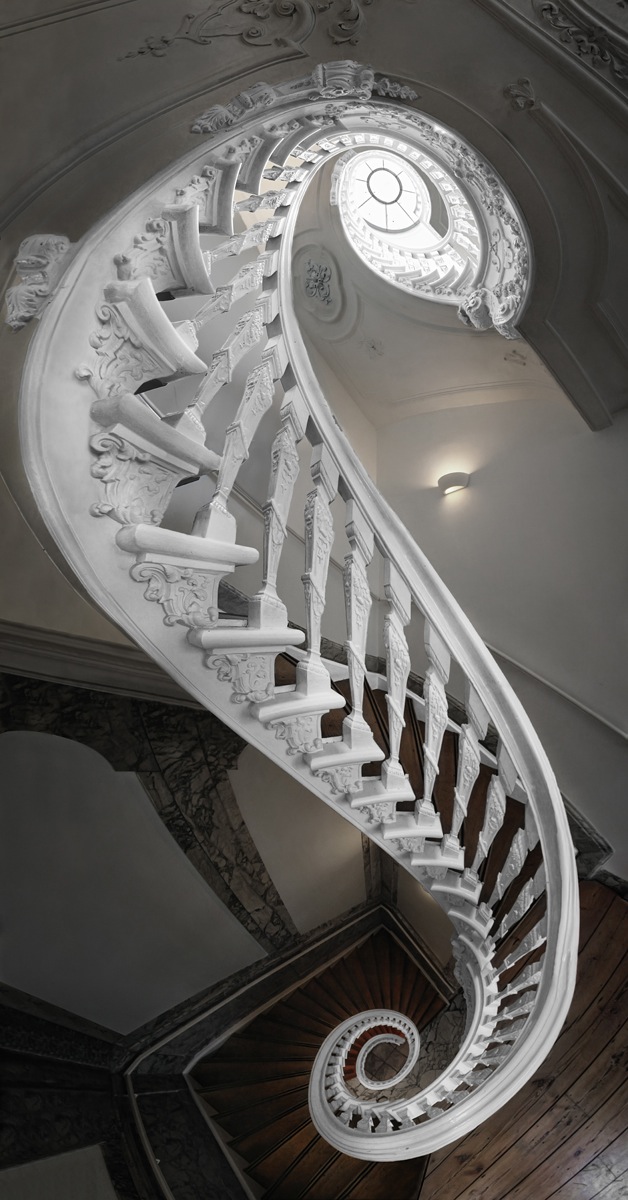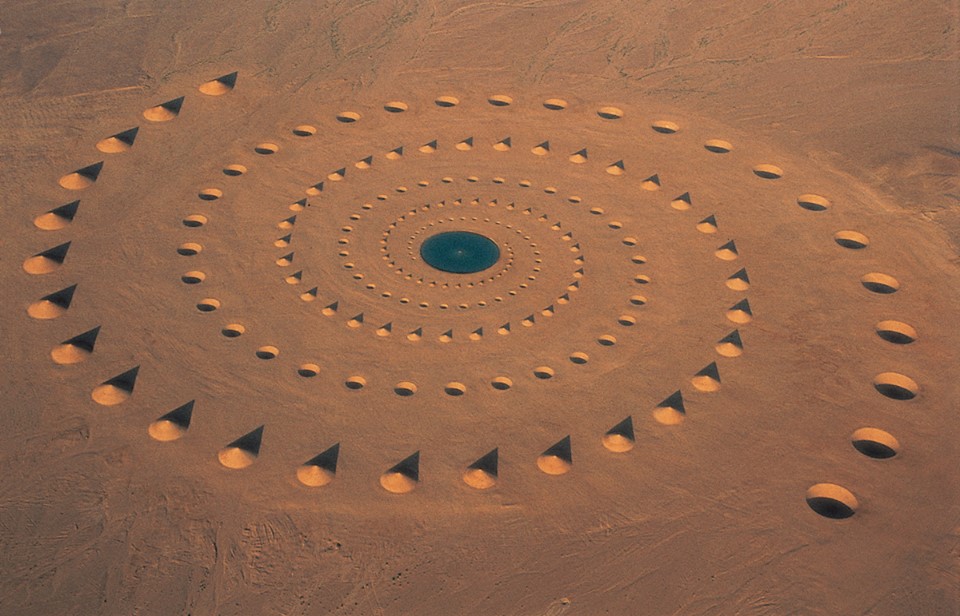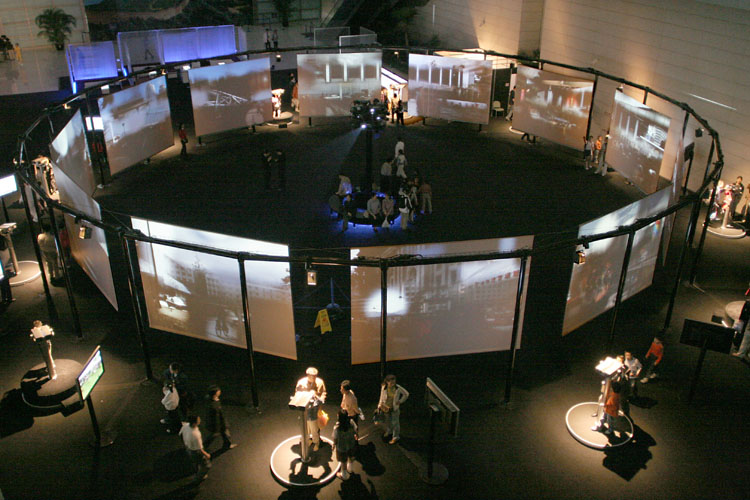
Nicolas Bernier
Structures infinies
Between the finite and the infinite, these mirror structures are reflecting the outside world until they are set in motion to unveil a moving and infinite interior. Hidden inside are superimposed diagrams reinterpreting certain theories or hypotheses related to our apprehension of the world. Between transcendental geometry, higher dimensions, finite and infinite, these structures arise as objects of reflection on what one understands, what one believes to understand and what one does not understand. The structure is thus referring to the finite physical structure that is encapsulating the infinity of intellectual structures created by the humankind.










